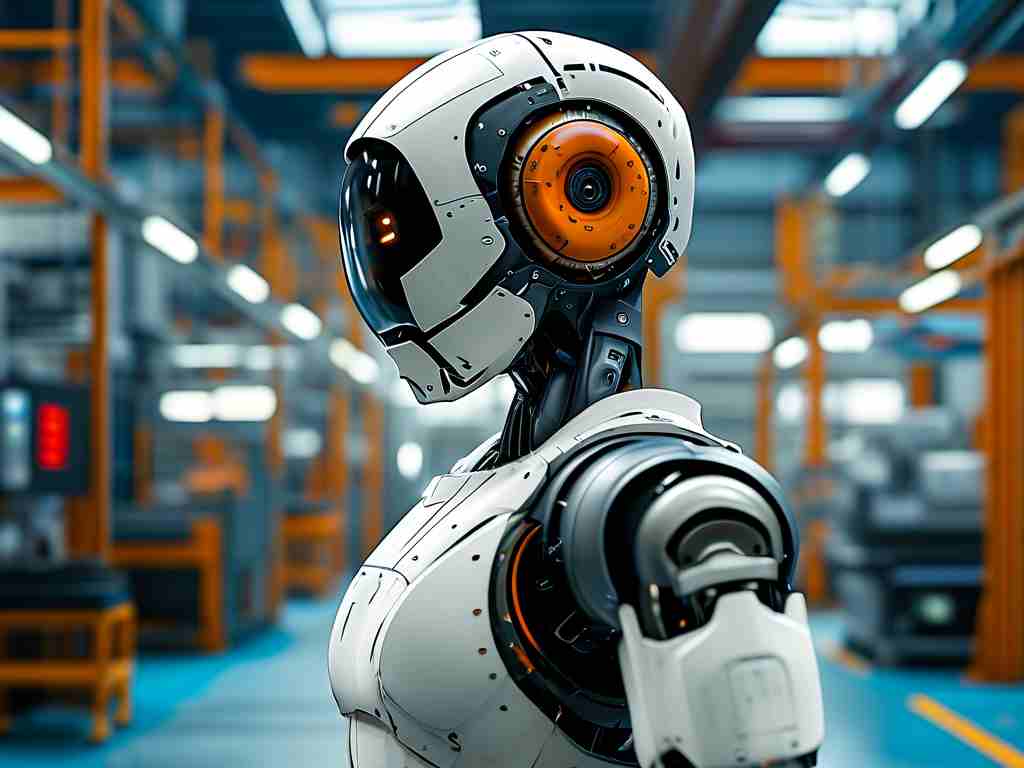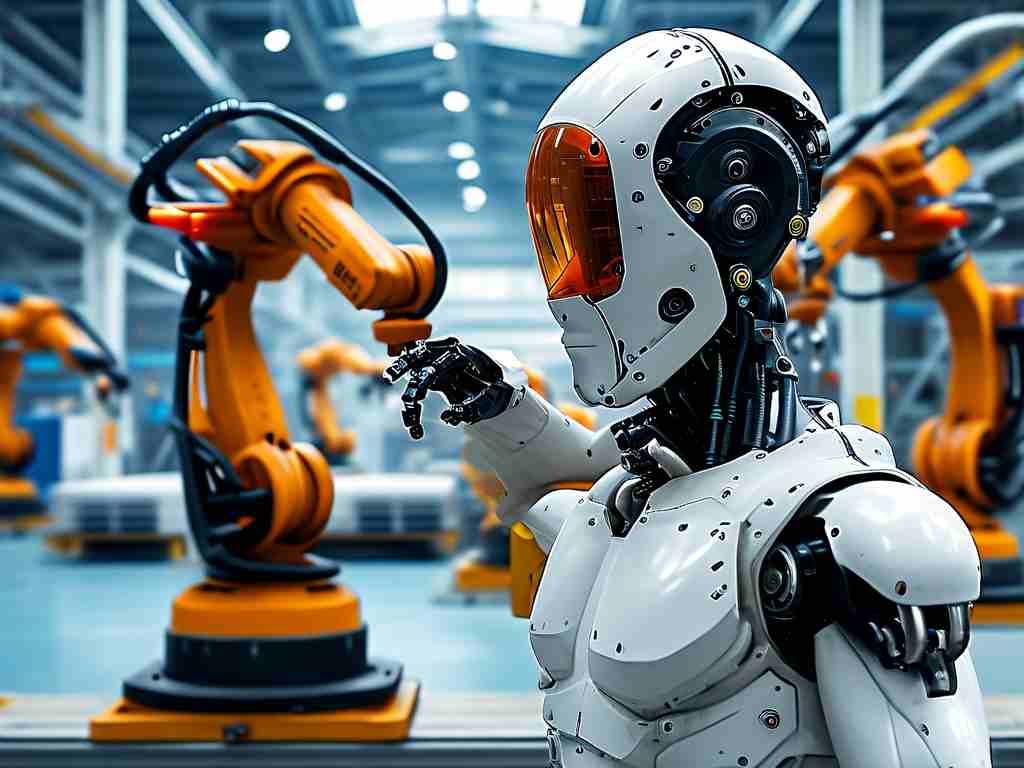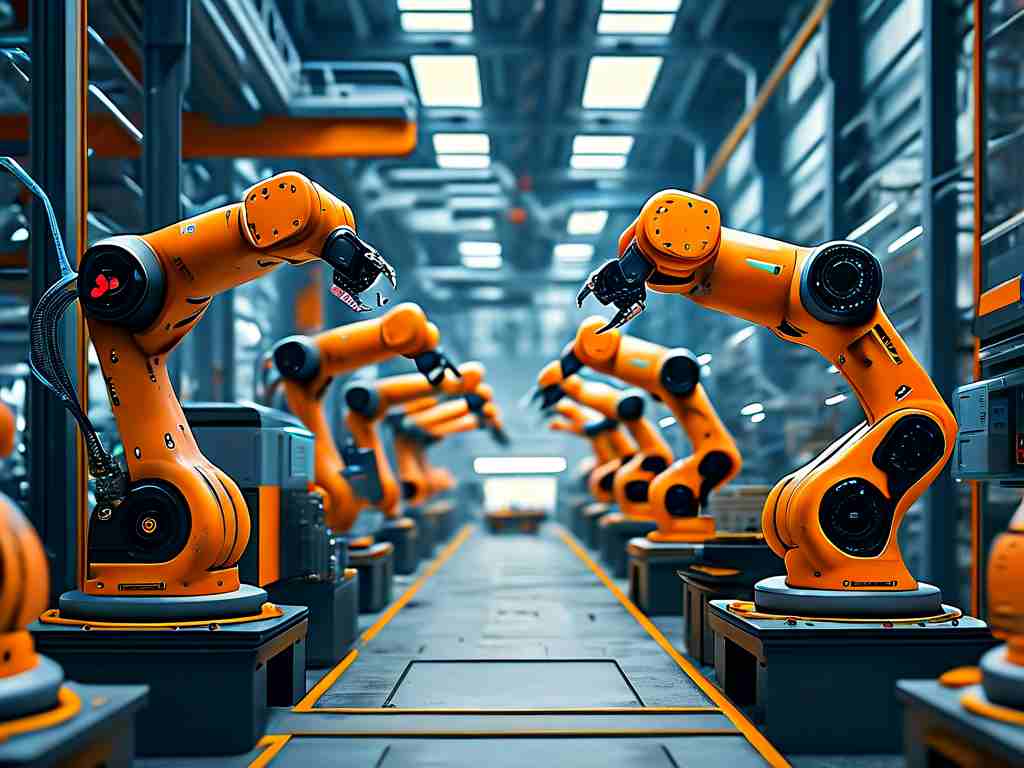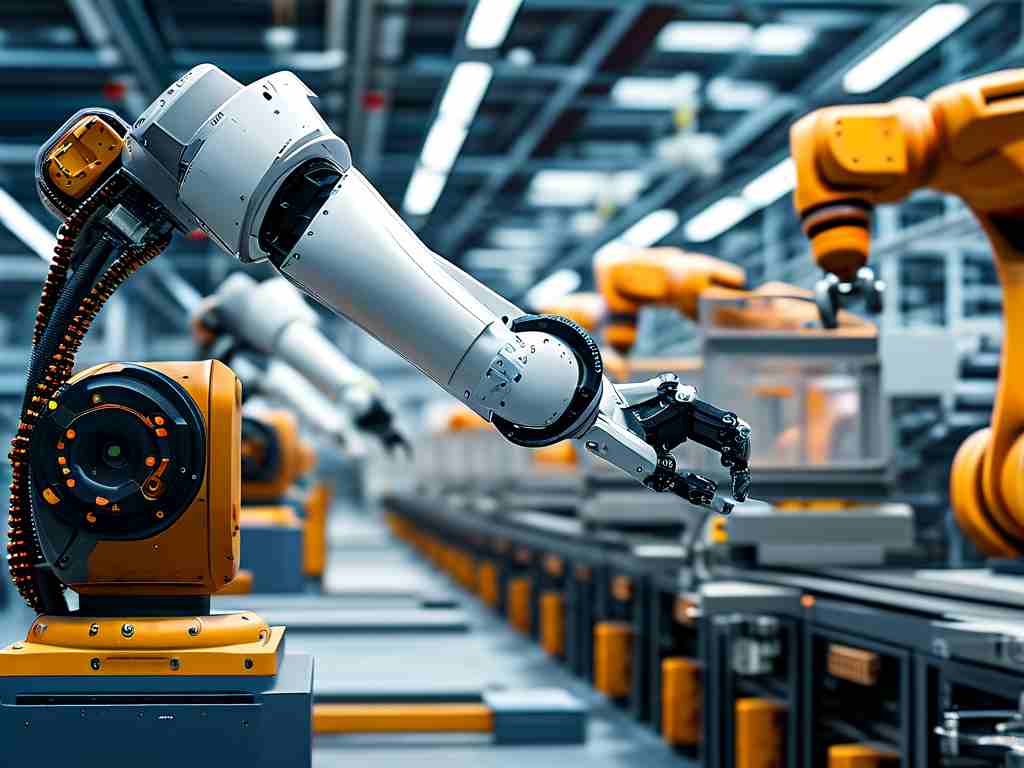The integration of robotics into modern workplaces is reshaping career landscapes, creating both challenges and opportunities for professionals across industries. As automation technologies advance, understanding the evolving relationship between human labor and robotic systems has become critical for navigating future employment trends.
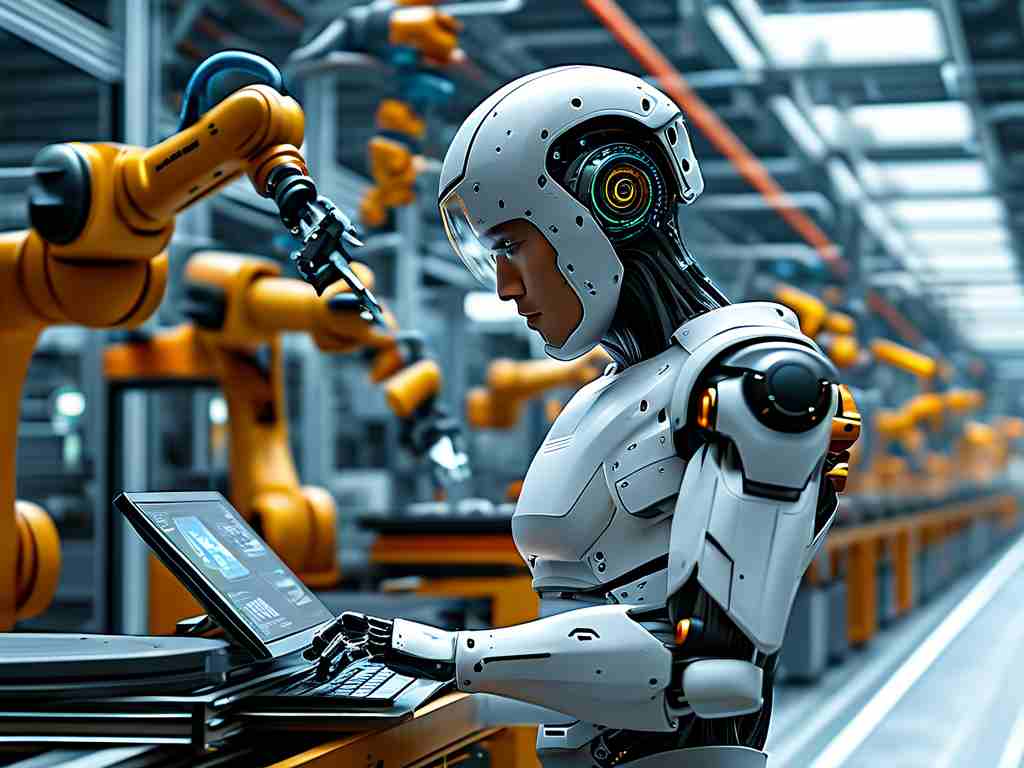
The Rise of Collaborative Robotics
Collaborative robots (cobots) represent one of the most significant shifts in industrial automation. Unlike traditional industrial robots confined to safety cages, cobots work alongside humans in shared spaces. Automotive manufacturers like Tesla now deploy cobots for precision tasks such as weld inspection, while human technicians focus on complex assembly processes. This synergy has given rise to hybrid roles like "automation coordinators," professionals who bridge operational workflows and robotic programming.
Emerging fields such as robotic maintenance engineering are seeing 34% annual growth according to McKinsey's 2023 automation report. These roles require multidisciplinary skills—mechanical troubleshooting paired with AI diagnostics training. For instance, Amazon’s fulfillment centers now employ robotics technicians who combine traditional mechanical expertise with Python scripting capabilities to optimize warehouse automation systems.
Transformation of Service Sector Roles
Healthcare demonstrates how robotics creates new specialties while transforming existing ones. Surgical robots like the da Vinci system have led to "robotic procedure specialists"—medical professionals certified in both surgical techniques and equipment operation. Meanwhile, logistics robots in hospitals handle medication delivery, allowing nurses to dedicate 20% more time to patient care according to Johns Hopkins research.
The hospitality sector reveals similar patterns. Marriott International’s pilot program using cleaning robots in hotels has shifted staff responsibilities toward guest experience management rather than routine maintenance. This evolution demands "technology concierge" roles that blend customer service skills with basic robotics troubleshooting knowledge.
Emerging Cross-Disciplinary Fields
Three hybrid domains are gaining prominence:
-
Ethical Automation Design
With growing concerns about job displacement, organizations now seek professionals who can balance efficiency gains with workforce impact. BMW’s recent initiative to retrain assembly line workers as cobot programmers highlights this trend. -
Human-Robot Interaction (HRI) Psychology
Research from MIT’s Computer Science and AI Lab emphasizes the need for specialists who understand team dynamics in mixed human-robot environments. This field combines behavioral science with robotics engineering principles. -
AI Training for Physical Systems
Unlike pure software AI, industrial robots require physical environment adaptation. Companies like Boston Dynamics now hire "machine learning mechanics" who possess both robotics hardware knowledge and data science skills.
Strategic Career Adaptation
Workers transitioning into robotics-driven fields should focus on four key areas:
- Hybrid Skill Development: Combining domain expertise with robotics literacy
- Continuous Learning Systems: Micro-credentialing through platforms like Coursera’s robotics specialization tracks
- Adaptive Mindset: Embracing iterative role evolution rather than fixed job definitions
- Cross-Industry Mobility: Transferring skills between manufacturing, healthcare, and service sectors
Educational institutions are responding with innovative programs. Georgia Tech’s "Robotic Workforce Development Certificate" integrates mechanical engineering fundamentals with real-world automation case studies, while vocational schools now offer augmented reality (AR) simulations for hands-on cobot training.
As robotics becomes ubiquitous across industries, professionals who proactively adapt will discover unprecedented career opportunities. The future workforce won’t compete with machines but will thrive by mastering the intersection of technical proficiency and human-centric innovation.


